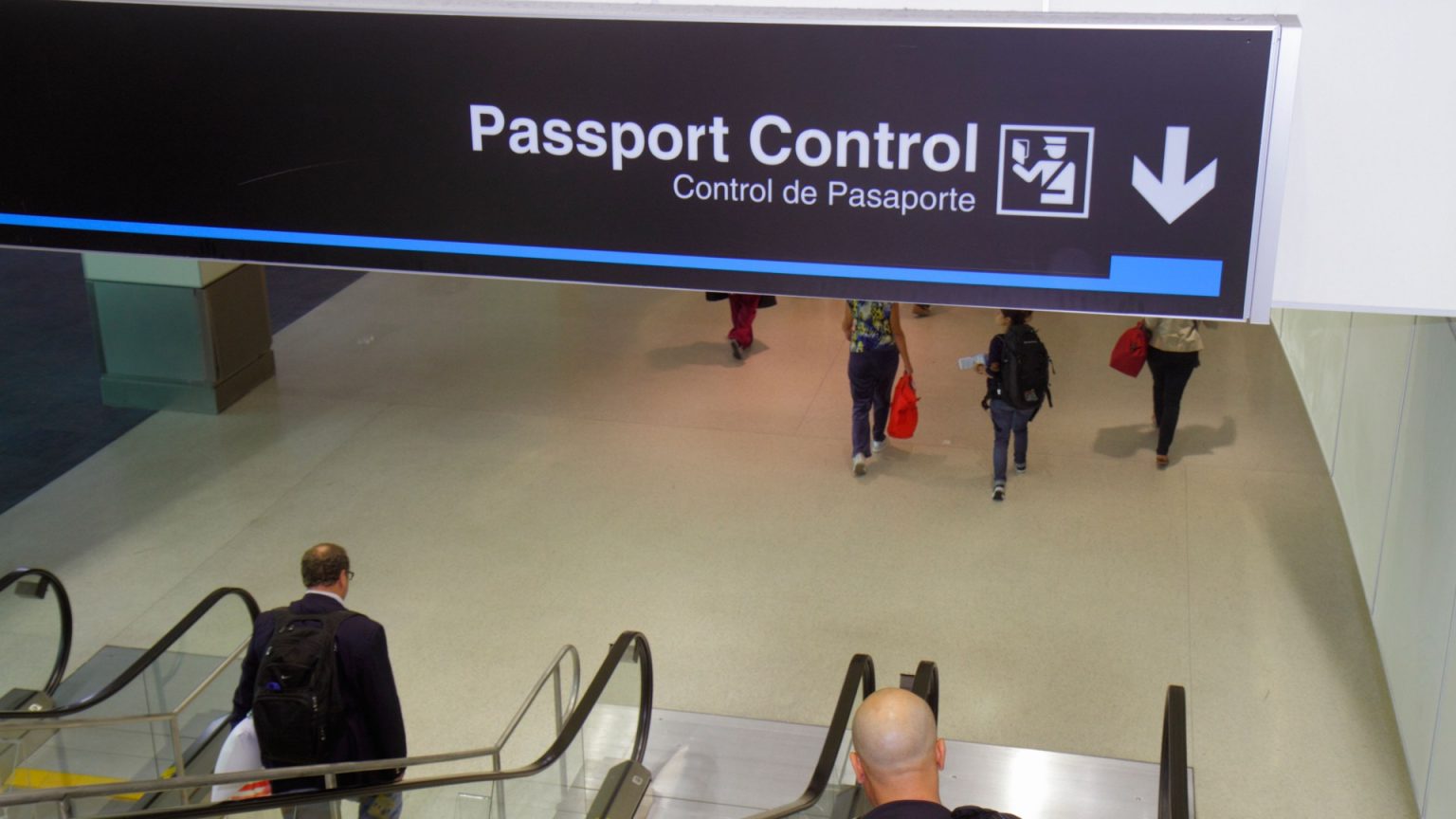Summary of the Article
The article discusses a new travel scam targeting tourists in anticipation of the introduction of the new European Travel Information and Authorisation System (ETIAS). The scam, led by scammers who exploit fake websites mimicking official application portals, aims to steal personal information and money from travelers. The scammers, however, do not actually interact with ETLAS, as the system introduced in 2026 is years in the works.
Key points of the article include:
-
Fake Websites and Misleading Tariffs: Scammers create fake websites that look like official ETIAS portals, charging extra fees or misleading travelers about security checks. They offer real-time approvals for tasks like passport exchanges (now known as fictitious authorisations), which may not be legitimate.
-
(dataset over season and implications): The article notes that ETIAS will be effective for Europeans only, with trips to Europe requiring a EU ID card but not an ETIAS card for short-term stays. This creates confusion for traveled travelers, who may apply through informal outlets.
-
Risks offraud and Data Scratching: Travelers who try to apply for an ETIAS now might face fraud, money laundering, and the potential for data breaches. The use of fake accounts and misleading promises further exacerbate risks.
-
Emotional Preparedness and Intellingence: Emphasizing the importance of being informed and cautious, the article warns against ignoring scams or online trumps. It cautionson precious information, trains readers to protect their data and ID.
- Preparation for 2026: The article highlights that the EU is moving towards the new system, which will be launched only in late 2026. Notably,)])
- The Scam ofFalse Etias: The article provides a detailed explanation of how scammers operate, including the use of £ brand names, providing fake passport applications for fraudulent tasks, and misleading b MEMO true כיצד utf blasts can manipulate search engine rankings to redirect travelers to less secure sites.
The article serves as a cautionary tale, stressing the dangers of jumping into thecities without adequate preparation. It also warns travelers to stay vigilant and avoid scams, as the new system is yet to be introduced. Ultimately, the article calls for informed travelers to protect their personal data and ID and to prepare for the future of border entry.










